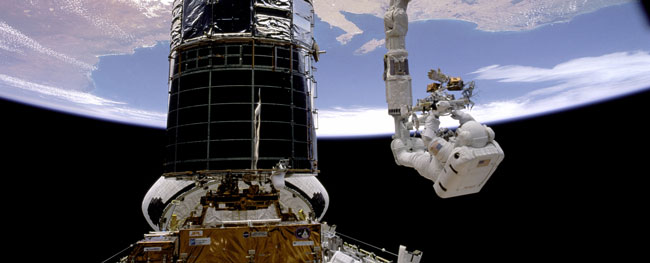
Back at the end of 2014, the world was amazed to hear from NASA about the final test phase of a 3D printer in space. The printer, which had been used on the ground prior to its launch into space, went to the International Space Station on a resupply vessel in September of 2014. A ratchet wrench printed from a design file transmitted from the ground was completed in December. The wrench along with a number of other things printed was then sent back to earth in 2015 for rigorous testing.
In December 2015 another resupply vessel went up to the International Space Station and on board this time was the European contribution to 3D printing in space – a Portable on Board 3D printer. The printer, measuring 25cm on each side and weighing just 5,5kg prints objects made from polylactic acid (PLA). PLA is a plastic that is made from renewable resources and is also biocompatible and biodegradable. It was built by Altran Italia in partnership with Thales Alenia Space and the Italian Institute of Technology under the direction of the Italian Space Agency, ASI.
Thales Alenia provided the specifications for the integration of the 3D printer as well as defining the procedures for the installation and execution of the experiment by the astronaut. In addition they drew up the quality assurance plans for the Italian Space Agency and NASA and performed analyses to identify any potential contaminants that could prove toxic for the stations environment.
This week the first European made part in space by a 3D printer was produced. It was printed by American astronaut Scott Kelly and took less than 1 hour to produce.
3D Printing in Space – what are the benefits?
Currently all tools, parts or furnishings have to be rocketed into space. That takes major planning and expense and is complicated. If all the testing of parts printed in space goes well the possibilities are endless. Tools could be produced on the space station – no more 6 month waits for the smallest of items needed to make repairs. Component parts of equipment could be produced. We are already seeing them used in cars and aeroplanes. In fact last week some engine parts underwent hypersonic testing. Production of all these things means that there are less items to fill the supply vessels that travel to the space station. And the ultimate. What if entire space structures could be produced?
Image copyright: NASA
This site uses Akismet to reduce spam. Learn how your comment data is processed.


 Mail:
Mail: 




Leave a Comments